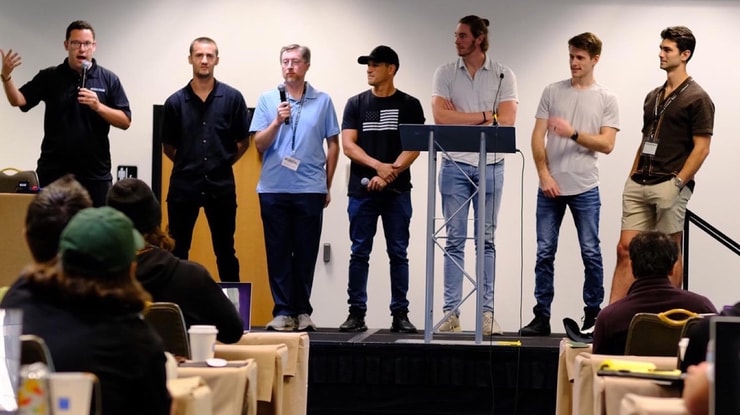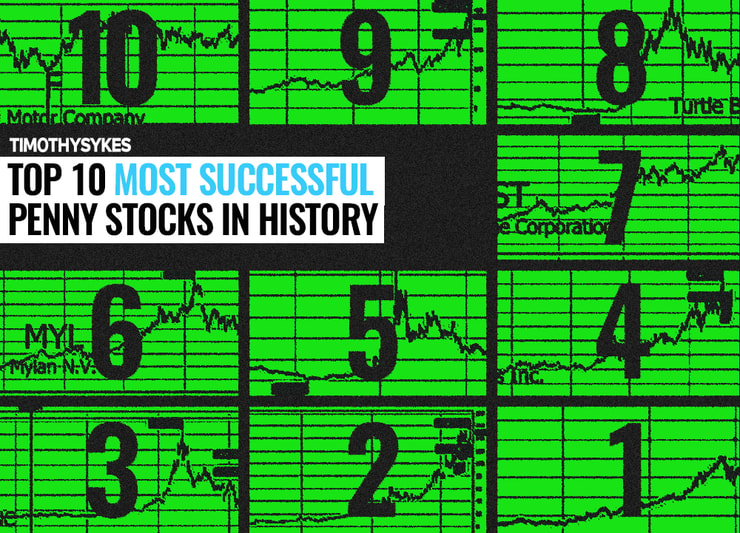A lot of people think they need a ton of money in the stock market to make any meaningful profit.
This is false.
It’s a lie that benefits Wall Street.
If there’s no chance for small-account traders to profit, they’re only other option is to give their money to investment banks, to try and leach off the smart money.
But the smart money leaches back. They take a cut of measly profits every year.
As an example, investors are lucky to make 20% gains on the year.
At that rate, after one year, a $700 investment would reach a value of only $840.
That’s not exactly moving the needle.
There is another way!
My student, Terry Fahmey made his first trade with my process on August 26, 2024.
His notes are below, notice the starting stake and the date:

On August 26, 2025, one year later, he crossed $100k in trading profits (including losses).
Look at his post below:

There is a process for gains in the market.
And I can teach you.
How My Students And I Find Success Right Now

2025 Millionaire Media, LLCThe most volatile stocks in the market like to follow popular patterns.
These patterns develop because people are predictable during times of high stress. Essentially, we’re trading human emotions as they manifest on a stock chart.
Specifically, fear and greed.
Traders who recognize these patterns in real time are free to take gains.
And the trade that pushed Terry over $100k in profits is a perfect example.
Let’s analyze Terry’s $100k trade:
On August 26 during premarket hours, the market learned of a $23 billion deal between EchoStar Corporation (NASDAQ: SATS) and AT&T Inc. (NYSE: T) for two of EchoStar’s spectrum licenses.
While already immensely profitable, the deal also helps EchoStar move toward a resolution of ongoing Federal Communications Commission’s inquiries.
Double whammy.
The SATS share price is larger than the stocks I usually trade. Expensive stocks don’t spike as high as cheap stocks …
But the SATS price action is a perfect example of these patterns throughout the market.
Fear and greed are the same everywhere.
Look at Terry’s trade notes below:

His position is overlaid on this chart.
Every candle represents one trading minute:

Repeating Patterns In The Market
This is a classic dip buy pattern that yielded an 8% profit.
In a single morning.
Contrary to popular belief …
- We don’t need to catch the stock’s entire move.
- We don’t need to be first to the move.
- We don’t even need the stock to hit new highs.
SATS has already spiked 90% since the news was announced.
When stocks spike this high, all we need is the meat of the move.
And we see new +100% runners every week …
Here are some examples from the last few days:
- Inno Holdings Inc. (NASDAQ: INHD) spiked 440%*.
- NovaBay Pharmaceuticals Inc. (AMEX: NBY) spiked 110%*.
- Offerpad Solutions Inc. (NYSE: OPAD) spiked 220%*.
- Nukkleus Inc (NASDAQ: NUKK) spiked 160%*.
My students and I use the same patterns over-and-over again on the hottest stocks in the market.
Join our success with a small account!
Watch the video below for my full trade process:
Cheers
*Past performance does not indicate future results








Leave a reply